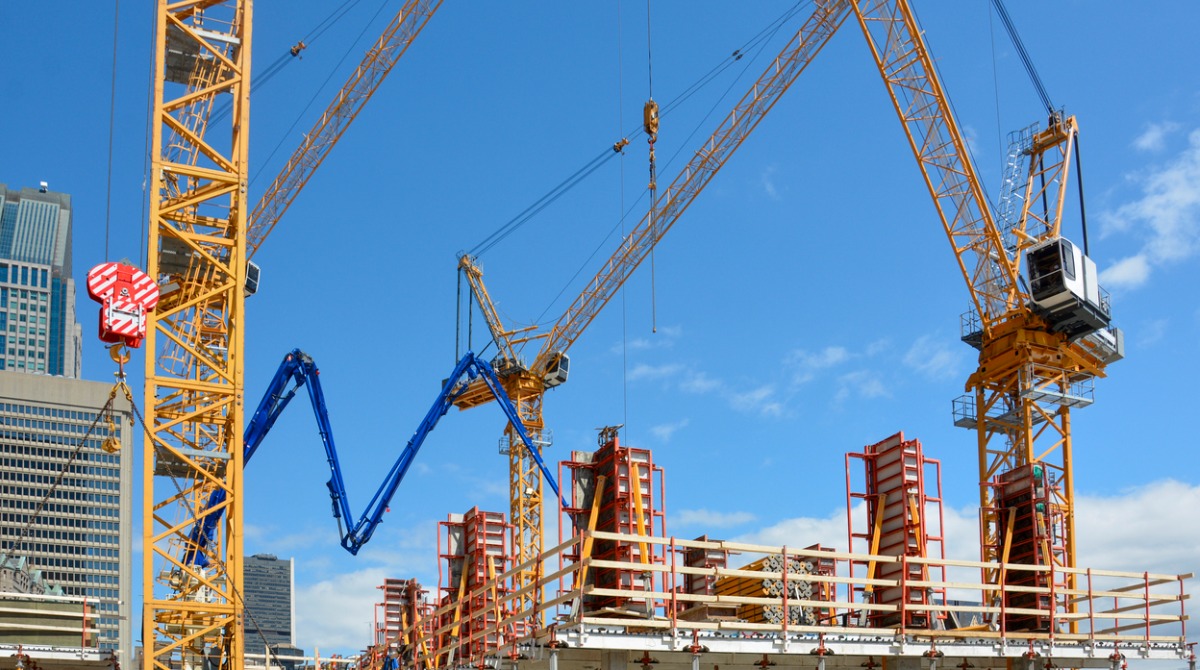
The ambitious plan to develop a mixed-use structure at 2328 S. Michigan Avenue marks a significant transformation in Chicago’s Motor Row district. This project, driven by Fern Hill in collaboration with Decennial Group and Rebel Hospitality, aims to introduce a dynamic blend of residential, retail, and office spaces into an area historically known for automotive showrooms.
The selected site, currently occupied by a vacant Burger King and its associated parking, is poised for a dramatic redevelopment. Positioned strategically near burgeoning developments and public transit options, the location offers a prime opportunity for revitalization within the urban fabric of Chicago’s Near South Side.
Design and Structure
Designed by Eckenhoff Saunders, the proposed development envisions an 18-story building that respects and responds to the historical and architectural context of the area. The plan includes:
- Two distinct massings
- A seven-story structure facing the street that mimics multiple brick buildings
- Also a taller, 18-story tower set back from the street, primarily composed of glass and metal
- 256 Residential units (64 will be considered affordable)
- Amenity spaces including an outdoor deck
- 10 parking spaces
“Our partnership is proud to be the first project proposed specifically to meet the Connected Communities Ordinance, which encourages more homes and business near transit by expanding existing (transit-oriented development) incentives more equitably across the city. We look forward to continuing to work with city leadership and community stakeholders to strengthen the local economy, improve inclusive housing opportunities, and make Chicago’s streets and sidewalks safe."
Fern Hill Founder & President | Nick Anderson
Construction Details
- Foundation and Structural Framework: Given the height and mixed-use nature of the building, a robust foundation system is essential. The project is likely to use deep pile foundations to support the high-rise structure, which will include a mix of concrete and steel framing to ensure durability and flexibility in design.
- Exterior Facade and Materials: The facade design involves a combination of brick, glass, and metal, providing a modern yet contextual response to the area’s architectural heritage. The use of high-quality, durable materials will be critical in maintaining the aesthetic and functional integrity of the building.
- Interior Layout and Design: The internal configuration will prioritize efficient use of space, with 256 residential units that range from studios to two-bedroom apartments. The ground floor will feature retail spaces, enhancing the street-level interaction and contributing to the neighborhood’s vibrancy.
Logistical Challenges
Urbanize Chicago states that Constructing a high-rise in a dense urban setting presents numerous challenges:
- Traffic Management: The construction phase will require careful planning to minimize disruption to the busy Michigan Avenue. This might involve scheduling major deliveries during off-peak hours and possibly partial road closures.
- Construction Equipment: Utilizing tower cranes and other heavy machinery will be crucial, given the project’s scale and the limited space for staging and materials storage.
Sustainability and Community Impact
Embracing sustainable building practices, the development aims to achieve energy efficiency and reduce its environmental footprint. This includes:
- Green Roofing: Incorporating green roofs to manage stormwater and reduce heat island effect.
- Energy Efficiency: Implementing high-efficiency HVAC systems and LED lighting to lower energy consumption.
Community Engagement and Benefits
The project is designed to offer significant community benefits, including:
- Affordable Housing: With 25% of the units designated as affordable, the development addresses the critical need for inclusive housing in Chicago.
- Enhanced Public Realm: The addition of public amenities such as landscaped courtyards and accessible retail options aims to enrich the community's quality of life.
The 2328 S. Michigan development represents a pivotal shift towards mixed-use urban revitalization in Chicago’s Motor Row. For construction professionals, this project not only offers insights into managing complex urban builds but also illustrates the integration of modern design with community-focused planning. As this project progresses through the city’s approval process, it will continue to serve as a case study in innovative urban development.
Posted by Judy Lamelza





